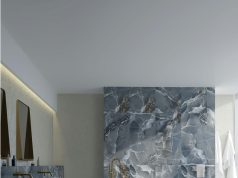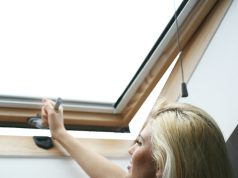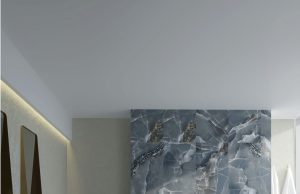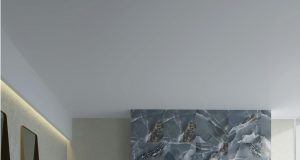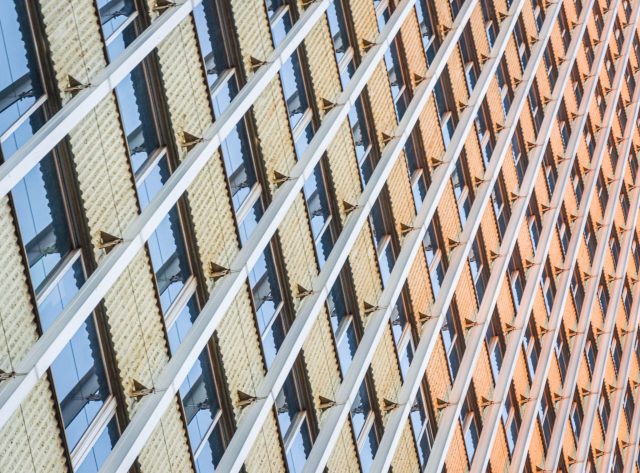
Commercial Spaces Need Forward Thinking Design
How you conceive and represent your commercial interior space has a significant impact on how your clients and employees view your organisation. The materials you use and how you design your interiors can affect how customers engage with your business.
First impressions count, as generally people judge a company and its employees within the first 40 seconds of walking in the door. As a result, the statement your building makes must have an impact, not just the interior. The exterior space is equally if not more important, so remember to add some landscaping.
Commercial spaces must be engaging, efficient, cost-effective, and innovative, to be successful. Your brand influences the success of your business, and the building where you do business is part of that brand.
We’ll look at some strategies to make the most of your commercial areas in the sections below.
The Benefits of Open-plan vs Traditional Office Spaces
Is an open floor plan preferable to typically closed offices? Closed office buildings use a combination of enclosed rooms and cubicles to keep employees and clients apart, or to give workers personal space. Most modern offices have an open floor plan to allow individuals to work in shared areas.
Base the type of office space you select for your firm, on its requirements and what kind of industry the organisation sits within. Creatives will require a completely different work environment to a firm of lawyers. Still, each plan has its own set of advantages.
The traditional approach reinforces the hierarchical nature of many companies by giving managers privacy and employees personal space. Employees and managers benefit from open floor plans because they foster a sense of community and collaboration.
The answer is probably a combination of traditional and modern, fostering community and inspiration, while offering stability and reassurance. Research into behaviour suggests human beings prefer routine and a sense of belonging, no matter where they are, at home or in the workplace.

Finding Balance
The architectural aspects of the office, such as windows and doors, are the starting point for creating balance in commercial construction. Other elements are added as necessary to achieve balance.
Columns or living walls for example, might assist breaking up a vast open space where worker desks are positioned in an open floor design. Designers can also utilise architectural characteristics to divide open spaces into “zones.” Temporary walls, screens, and even permanent wall installations can all assist in creating a sense of movement, visual intrigue, and sophistication.
Comfort is Key
To be productive, it is critical to be comfortable and at home in your work environment. Commercial premises that are unwelcoming to staff and customers can stifle a company’s growth, and while finding a balance between personal and professional may not be easy, it is vital. Productivity calls for comfortable but practical workspaces, which also applies to the lighting, and fixtures and fittings chosen.
Choose good furniture to provide employees with a variety of positions for comfortable working. Remember the first 30 seconds is vital, so invite clients and prospective employees to relax in a welcoming lobby. Whether it is an ergonomic chair, a giant bean bag, or a luxurious sofa, your choice of furniture will have a significant impact on how your customers and staff feel during the day.
If you love going to work and enjoy the environment you work in, it follows that productivity will increase and staff turnover will decrease.
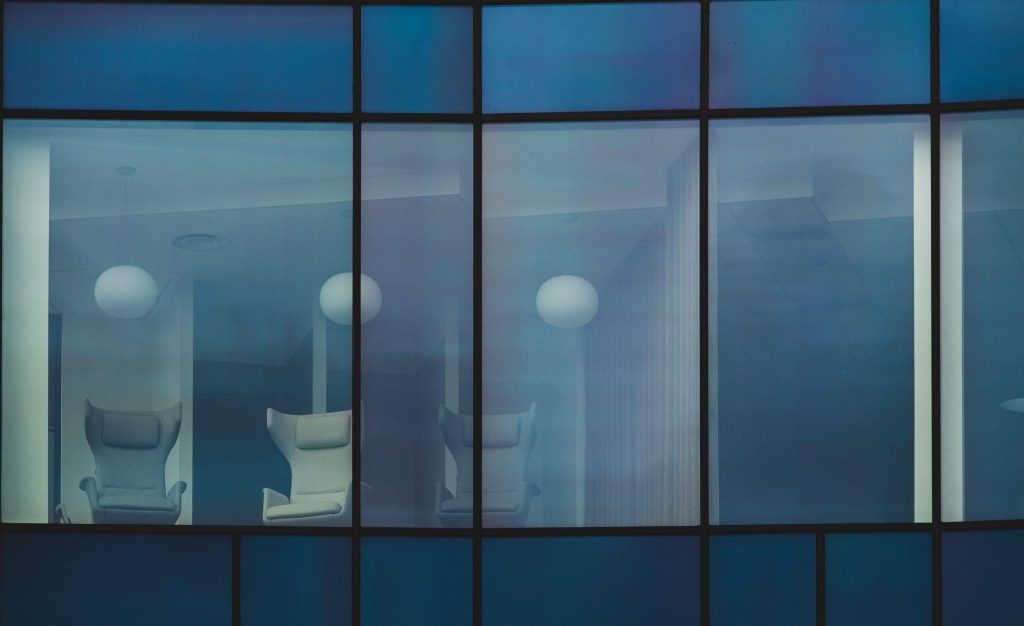
Make Safety a Priority
By legislation, commercial designs must include safety features, so it is important to remember that aesthetics should never be a reason to compromise on safety. Bearing in mind that just because something is safe, does not mean it has to be unattractive.
Collaborate with your occupational safety consultant, contractor, and interior designer, to combine safety and aesthetics. You can keep your employees and clients safe while also having a design that they enjoy.
Bring the Outside In
How many times have you heard a staff member complain about being “stuck inside all day?”. Make sure all employees have access to fresh air; at the very least through windows which can open, and at the very best, through an external patio break area or an open-air meeting space courtyard, where inspiration can happen. Bringing the outside in is essential to well being.
Optimising natural light is also a great way to cut lighting and heating costs – think solar power! It is free and under-used in most commercial buildings.
Office space doesn’t need to be between four boring walls. Interior gardens and living walls are very popular, as plants and the natural habitat has been proven to relieve stress.
Future Proof Your Brand
As we head towards carbon neutrality targets in 2030, it is essential to embrace this movement and not just to greenwash it. There are several ways to embrace sustainability in a commercial space.
Choose green appliances when purchasing or replacing office equipment, looking for the most energy efficient solutions based on their star energy rating. Choosing energy efficient appliances and equipment is a simple but effective way to significantly lower your company’s carbon footprint.
Another relatively powerful yet straightforward technique to make your business greener, is to convert to energy efficient lighting. Beside maximising natural light, you can use LED light bulbs attached to motion sensors which turn lights off when not in use. You can also install light fittings which employees can adjust to varied conditions. Adjusting uses of lighting in a building is a practical way to embrace carbon neutrality.
Heating and air conditioning services are one of the largest energy consumers. Employees commonly report unhappiness with the temperature in the office.
The key to having a more energy efficient heating and cooling system, is to minimise your company’s energy cost. To maintain the comfort and happiness of your staff, it is worth a thorough investigation into optimal heating and thermostatic systems for your building.
Take Away
Planning, forward thinking, and not merely responding to fads and fashions, are the keys to a thriving workplace. Employees want more from their employers than a depressing work atmosphere, where the best part of their work day is leaving the office.

